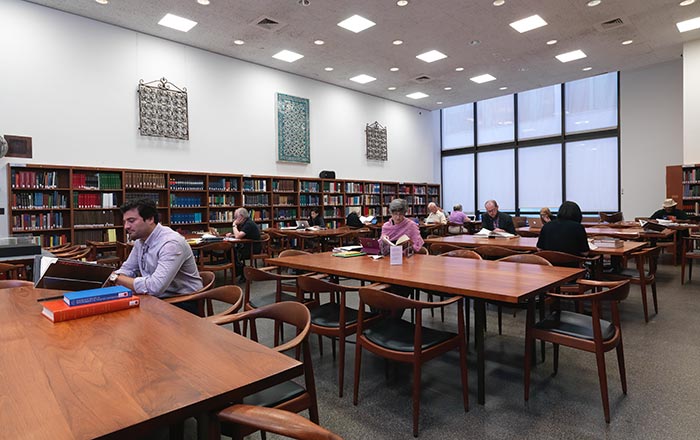The legend of Sleepy Hollow : [white]
Not on view
"Designed to be sold both as a set as well as individually, the books ["Legend of Sleepy Hollow" and "Rip Van Winkle"] do not have volume markings. Rip Van Winkle: pp. v; 115; 7 plates. Legend of Sleepy Hollow: pp. v; 191; 8 plates. Signed Margaret Armstrong line block binding design of 21 tulips and titles in gold on dark red buckram with the tulip motif repeated 4 times on the spine with titles (identical design on each volume). Signed Margaret Armstrong title page in each volume, and five different Margaret Armstrong decorative borders in rose and pale green repeated throughout each volume. Each volume contains full page black and white plates by Coburn and vignette illustrations on the verso of each textual page; unsigned illustrated endpapers; top edge gilt. Original ribbon markers laid in. A beautiful set of what Gullans and Espy regarded as "among her [Armstrong's] finest works". This Armstrong masterwork appeared in two cloth variants: red buckram with a line block of the decoration in gold, and white buckram with the design in gold, green, yellow and red. Although the line block of the red variant is of the same design as the white variant, the use of the white cloth and color creates a completely different appearance to the design." -- Austin Abbey Rare Books.
"The photogravures in this volume are from designs by Frederick Simpson Coburn. The borders and cover are by Miss Margaret Armstrong"--Page [iii].
Photographs of binding from Watson Library Digital Collections https://libmma.contentdm.oclc.org/digital/collection/p16028coll17/id/3759
Due to rights restrictions, this image cannot be enlarged, viewed at full screen, or downloaded.
This artwork is meant to be viewed from right to left. Scroll left to view more.
![The legend of Sleepy Hollow : [white], Margaret Neilson Armstrong (American, New York 1867–1944 New York)](https://images.metmuseum.org/CRDImages/li/web-additional/b1954563_white_001.jpg)
![The legend of Sleepy Hollow : [white], Margaret Neilson Armstrong (American, New York 1867–1944 New York)](/Rodan/dist/img/1x1-d7dcde.gif)
![The legend of Sleepy Hollow : [white], Margaret Neilson Armstrong (American, New York 1867–1944 New York)](https://images.metmuseum.org/CRDImages/li/web-additional/b1954563_white_002.jpg)
